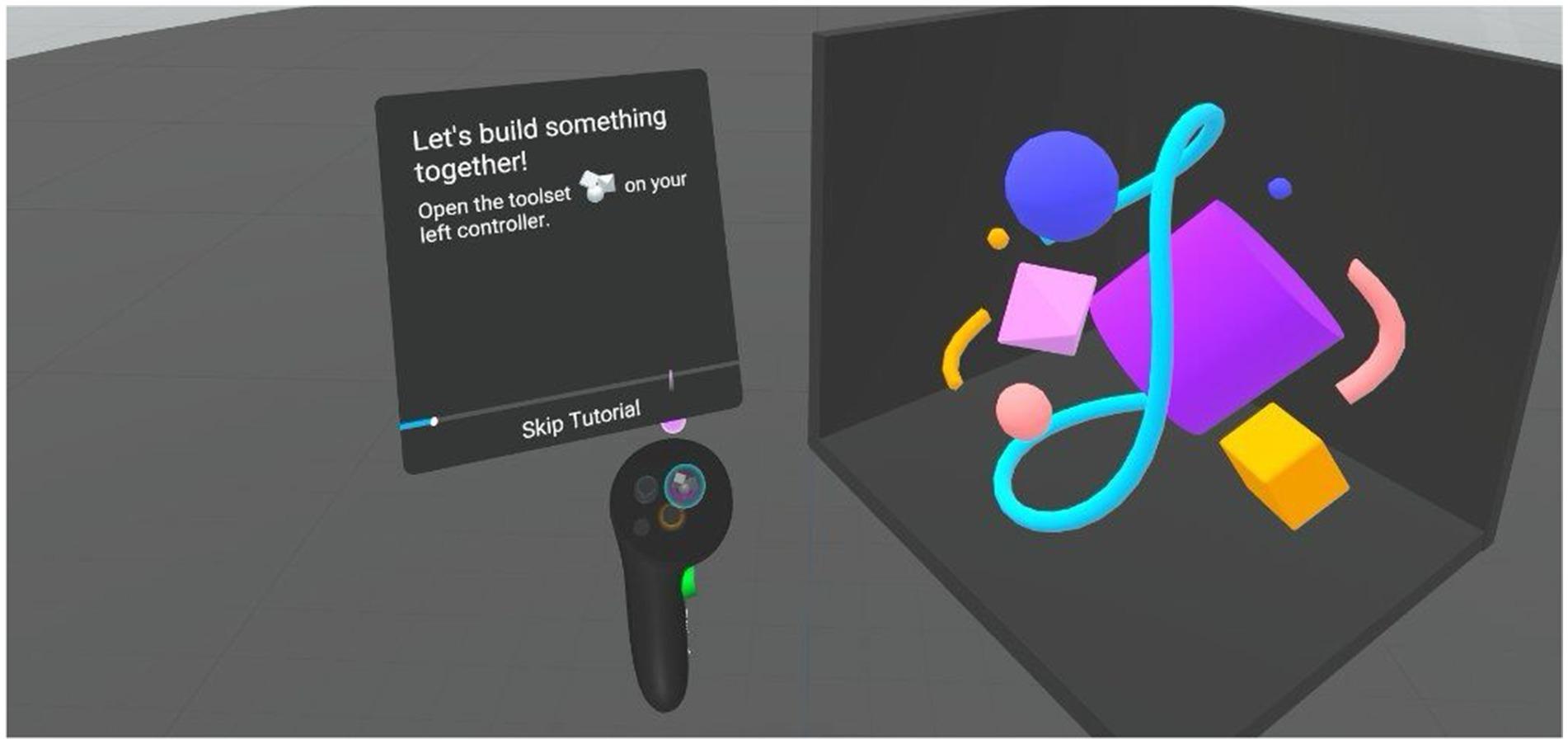VR/AR in Education: Evaluating Impact and Effectiveness for Modern learning
The digital revolution in education is rapidly accelerating, ushering in immersive technologies like Virtual Reality (VR) and Augmented Reality (AR) that are changing the ways we teach and learn. If you’re curious about how these technologies are shaping classrooms, this comprehensive guide explores the impact and effectiveness of VR/AR in education, sharing benefits, case studies, practical tips, and expert insights for educators and learners in the modern world.
Understanding VR and AR: Definitions & Differences
Virtual Reality (VR) creates a fully immersive digital surroundings, allowing users to interact within a simulated world via headsets and motion sensors.
Augmented reality (AR) overlays digital information—such as images, videos, or interactive elements—onto the real world using devices like smartphones and tablets.
- VR in Education: Used for simulations, virtual field trips, and engaging, hands-on learning experiences.
- AR in Education: Adds contextual layers to textbooks, models, and real-world objects, making abstract concepts tangible.
Impact of VR/AR in Modern Learning
Incorporating VR and AR into the classroom is transforming the educational landscape by making learning more interactive, inclusive, and adaptive.
key Ways VR/AR technologies Impact Learning:
- Enhancing Engagement: Gamified elements and 3D environments capture student attention and sustain interest.
- Improved Retention: Immersive experiences reinforce memory, aiding retention of complex topics.
- Fostering Collaboration: Multi-user VR worlds and AR group activities promote teamwork and social learning.
- Accessibility & Inclusion: VR/AR helps overcome barriers for learners with disabilities,allowing customized,adaptive instruction.
Evaluating Effectiveness: Research & Real-World Results
Research shows a positive correlation between the use of VR/AR and student achievement. A recent meta-analysis by the International Society for Technology in Education (ISTE) demonstrated:
- Students in VR/AR-supported classes scored 20% higher on comprehension tests.
- Interactive content led to a 30% increase in long-term knowledge retention.
- Both technologies improved spatial awareness and problem-solving skills, especially in STEM subjects.
Further, teachers report higher student motivation and participation, especially when lessons involve virtual labs, historical reconstructions, or interactive scientific models.
Benefits of VR/AR in Education
- Experiential Learning: Safe, hands-on practice for experiments, skill-building, and historical exploration.
- Personalized Pathways: Adaptive VR/AR platforms tailor lessons to individual learning speeds, preferences, and abilities.
- Global Access: Students can visit foreign lands, museums, or outer space—all from the classroom.
- Reduced Costs: Simulations minimize the need for expensive equipment, travel, or materials.
- Scalable Solutions: VR/AR platforms can be implemented across various subjects, from math to art.
Case Studies: VR/AR Transforming classrooms
1. Medical Education
At Case western Reserve University, students use VR anatomy labs to walk around 3D models of the human body, enhancing their understanding far beyond traditional dissection.
2. Historical Reconstructions
Using Google Expeditions, classrooms can tour ancient Rome or Egypt, seeing reconstructed sites and interacting with artifacts in real-time.
3. Inclusive Learning Environments
In special education settings, AR overlays help autistic learners identify emotions and social cues, while VR simulations provide social practice in safe environments.
First-Hand Experience: Educators & Students Speak
“our chemistry students can now conduct virtual experiments that would be too risky or costly in real life. Engagement and understanding have gone through the roof!”
– Dr. Alicia Harper, High School Science Teacher
“Before AR apps, geometry felt confusing. Now,I can walk around shapes and see how they work. It’s like learning with magic!”
- noah, Grade 8 Student
Practical Tips: Implementing VR/AR in the Classroom
- Start Small: Pilot with a single lesson or subject before expanding school-wide.
- Choose Curriculum-Driven Apps: Look for VR/AR tools aligned with learning goals and standards.
- Invest in Training: Provide professional progress for teachers to maximize use of technology.
- Ensure Accessibility: Select platforms compatible with assistive technologies and different devices.
- Monitor Outcomes: Use assessments and feedback to track student progress and refine methods.
Challenges & Considerations
While the promise of VR/AR in education is immense, triumphant implementation requires addressing several challenges:
- Hardware Costs: Initial investment in VR headsets or AR devices can be high.
- Content Availability: Quality educational VR/AR content isn’t equally available across all subjects.
- Technical Requirements: Reliable internet and updated devices are necessary for seamless experiences.
- Distraction Risks: Without clear guidelines,students may deviate from educational activities.
- Data Security: Protecting student data within VR/AR platforms is essential.
Future of VR/AR in Modern Learning
With AI-powered personalization, better affordability, and wider adoption, the future of VR and AR in education looks promising. Expect:
- Cross-curricular Integration: Next-gen content for arts, humanities, technical education.
- Remote & Hybrid Learning: Expanded VR/AR for virtual classrooms and global collaboration.
- Enhanced Assessment: Real-time feedback and analytics for both students and teachers.
- Community Building: Inclusive, collaborative virtual campuses.
Conclusion: Maximizing the Impact of VR/AR in Education
VR/AR technologies represent a breakthrough in modern learning, offering immersive, engaging, and deeply meaningful educational experiences.Their impact is already tangible in boosted student performance, increased accessibility, and enhanced teaching methods. By understanding the benefits, adopting proven strategies, and remaining mindful of challenges, educators and institutions can unlock the full potential of VR/AR in the classroom.the journey towards smarter, more interactive learning has begun—are you ready to step inside?

